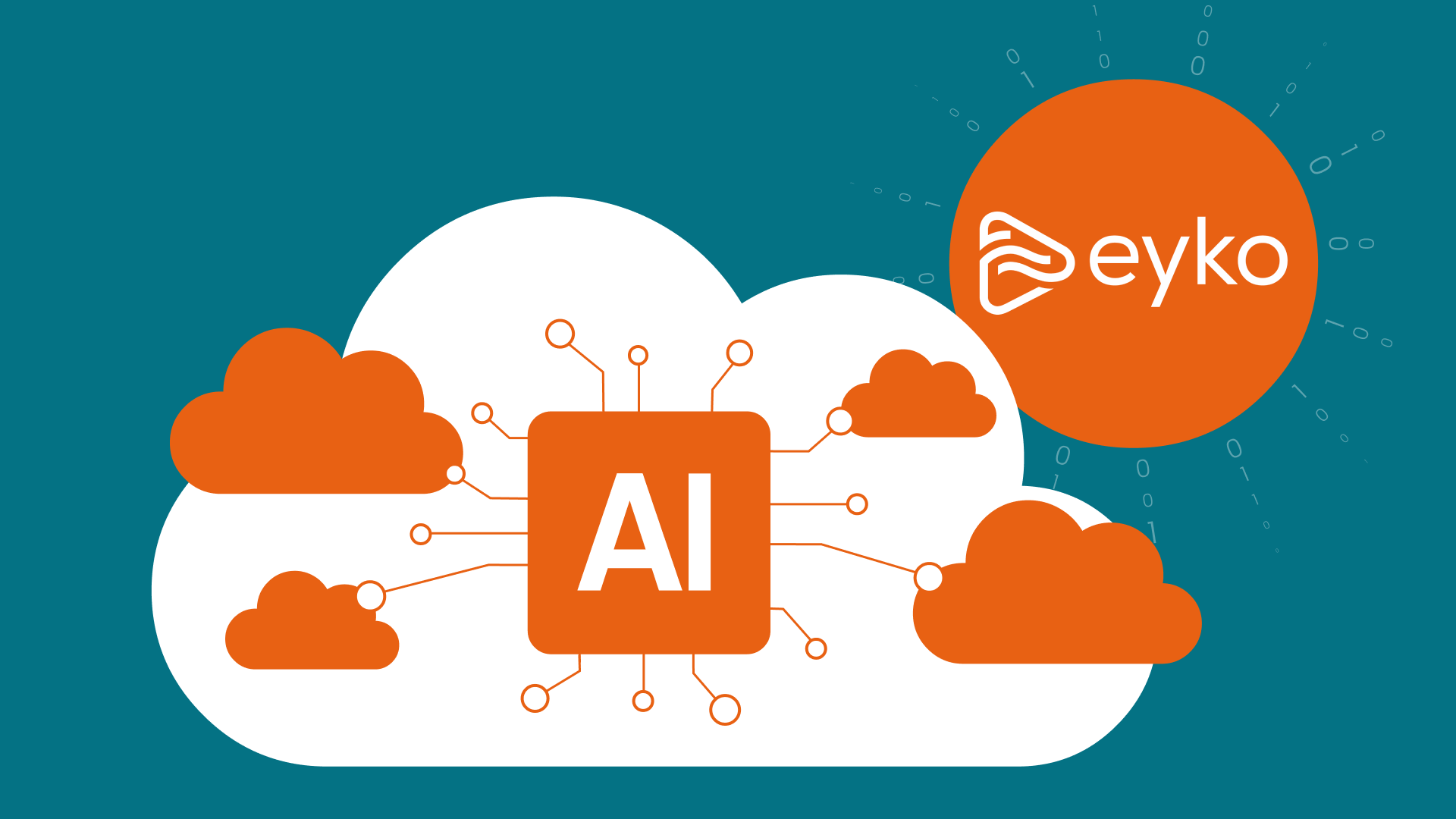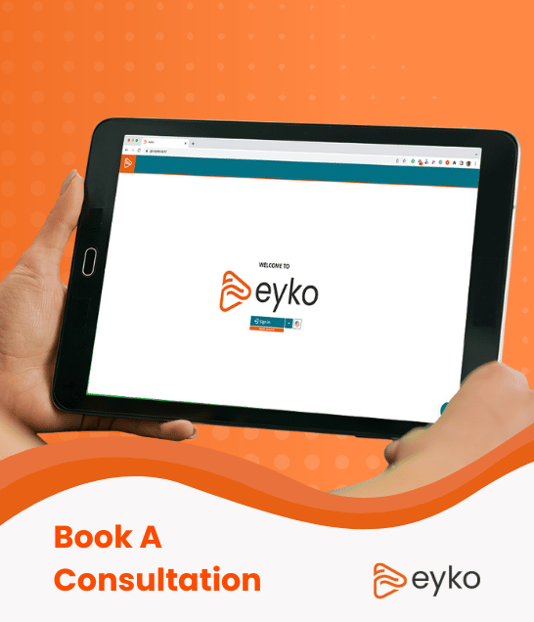Virtual Data Warehouses Will Replace IT Defined Data Warehouses
What is the Future of Data Warehousing?
The ETL developer scratches their head: “Everyone needs a data warehouse?”
Sure, every organization needs to merge data from different sources into a format that is optimized for operational, analytics, and predictive reporting and modelling. But a shift is underway…
What is a Data Warehouse?
“A data warehouse is an enterprise system used for the analysis and reporting of structured and semi-structured data from multiple sources, such as point-of-sale transactions, marketing automation, customer relationship management, and more. A data warehouse is suited for ad hoc analysis as well custom reporting. A data warehouse can store both current and historical data in one place and is designed to give a long-range view of data over time, making it a primary component of business intelligence.” Source Google
A data warehouse can be built on-premises or built and stored in the cloud. The benefits to cloud deployments come with additional features such as in-memory columnar stores, massively parallel processing (MPP), disaster recovery, governance features, and backup and restore.
A traditional data warehouse requires an army of IT data skills, tools, and designs. The typical approach to a data warehouse starts with an information design based on the business functions’ reporting and analytic requirements. From this information design, the IT teams then define a data warehouse architecture that consists of table designs, aggregations, relationships, keys, etc. From that design, the Extraction, Load, and Transformation (ETL) developers define the transformation jobs to move data from the various sources into the destination warehouse. However, this process typically takes months, and during this time, new business and data applications are created and the business users’ requirements evolve. According to a survey by independent research firm, Vanson Bourne, 83% of IT decision makers were not fully satisfied with their data warehousing initiatives.
Could there be another way to solve this problem?
What is a Virtual Data Warehouse?
Data still needs to be merged, cleansed, normalized, and enriched to be of any value to reporting and analytic requirements. However, what if there were a way to start from the end user's requirements, and have data automatically load from source system into a data warehouse whose design was inferred by the reporting objectives? In an AI powered virtual data warehouse, the business user selects the data sources, defines what tables, columns, calculations, hierarchies, and more are needed from the various sources, and the system applies AI and Machine Learning to perform the transformations, cleansing, and data blending. It also optimizes the data structure for the business team. And, if new data needs to be added from additional applications, the virtual data warehouse simply morphs to adapt to the additional columns and tables.
The Future of Data Warehousing
Will deep data warehouses with complex architectural designs disappear overnight? No, but the future of data warehousing is all about empowering the business to connect to the important data sources when needed without creating a backlog on the IT teams to generate warehouse designs and ETL jobs. ETL designers will recommend tools that infer or build a virtual data warehouse. IT teams also want business users to get answers they need when they need them, and will recommend tools to make it easier for them.
The Future is Here With eyko
eyko was designed from the outset to collapse the traditional waterfall method to building a data warehouse with an objective to empower the business user to work with all their data. eyko’s modern cloud-based and AI powered platform understands data sources, automatically detects links, cleans, and normalizes data, and stores it in an in-memory format along with links back to transactional data. The eyko workflow doesn’t require deep ETL, SQL, or programmer skills. The eyko virtual data warehouse design is intelligently inferred behind the scenes for the intended analytic and reporting needs. Users can also decide if they need historical or real-time reports and dashboards, and eyko determines the right data design and back end processes to support these requirements.
"eyko empowers business users to bridge the gap between raw data and beautiful reports in minutes."
With eyko, organizations can enable their business users to get started immediately and stop losing time with long IT and data warehouse cycles.
eyko is the future of data warehousing and is your data warehouse alternative.
Share this
You May Also Like
These Related Stories

Virtual Data Warehousing: Transforming Multi-Source Analytics

Can data blending replace data preparation & integration?

